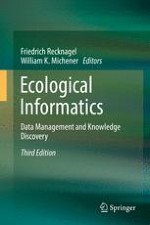2018 | OriginalPaper | Chapter
12. Multivariate Data Analysis by Means of Self-Organizing Maps
Authors : Young-Seuk Park, Tae-Soo Chon, Mi-Jung Bae, Dong-Hwan Kim, Sovan Lek
Published in: Ecological Informatics
Publisher: Springer International Publishing
Activate our intelligent search to find suitable subject content or patents.
Select sections of text to find matching patents with Artificial Intelligence. powered by
Select sections of text to find additional relevant content using AI-assisted search. powered by
